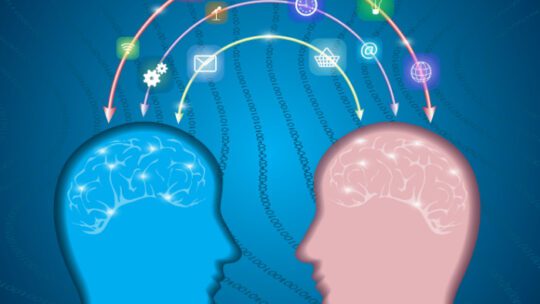
In his latest shareholder letter, Jamie Dimon, CEO of JP Morgan Chase, expressed the firm's commitment to understanding a process called the OODA loop. He cited OODA as crucial to his firm’s continued growth. While OODA may be a new concept for some, Dimon, like many leaders, recognizes that growth-oriented companies adapt and innovate faster and with more effectiveness than their competitors. Adaptability is not merely an asset; it's nonnegotiable, and this differentiation sets them apart.
Today, organizations are starting to capitalize on this insight by learning and understanding Col. John Boyd’s OODA (observe, orient, decide, and act) “loop.” It’s an ideal tool for making sense of a reality to thrive within it. OODA applies to every level of judgement and decision-making within an organization.
OODA Origins and Process
Boyd— an American strategist, theorist and defense reformer—developed OODA to help shift military thinking away from attrition and toward maneuverability and adaptability. His conceptual model has since been adopted far beyond the military—now within sectors of business, law and even athletics.
OODA emphasizes human insight and flexibility. As circumstances unfold, we scan an environment, understand its changes, make decisions and take action. From here we continue to observe and learn from feedback loops. This empowers individuals and teams to achieve rapid adaptations and effective learning. It also creates value for communication professionals as they adjust their strategies to maintain engagement and effectiveness.
Public Relations, Strategic Process and AI
As a strategic process, public relations aims to help organizations thrive in volatile, uncertain, complex and ambiguous (VUCA) environments, a framework introduced at the U.S. Army War College in 1987. From Bud Light to Boeing, the British Royal Family to elite university presidents, the inability to adapt quickly to VUCA can prove catastrophic to reputation, brand, and trust.
While many in the public relations profession see Artificial Intelligence (AI) as the answer to navigating VUCA, recent findings from Harvard Business School and its Ethical Intelligence Lab show that AI is good at tasks like automating, creating insights and aiding creativity, but falls short in judgment and adjusting to ever-changing human context and interactions.
The research confirms that only humans have the natural ability to dynamically understand and adjust to their environment. They can solve problems with a speed and context-awareness AI can't reach. This ability is crucial in communication. Grasping subtleties and evolving dynamics is key to successful engagement.
AI as a Second Brain
According to a recent report in The Wall Street Journal, top business schools are pushing M.B.A. candidates and undergraduates to use artificial intelligence as a second brain. But experts like Sheena Iyengar, a Columbia Business School professor who wrote “Think Bigger,” sounds the alarm: “You cannot eliminate human judgment.”
The takeaway is this: the best tool for communication professionals may not be the newest AI. Rather, it's their own ability to adapt and connect. Highlighting human adaptability in a world fascinated by AI's possibilities will make you stand out and stay ahead. As you mix AI into your communication strategy, remember, your biggest strength is the human element. Organizations should act now to secure their edge in the market. Those that focus on human adaptability will lead and thrive.
Michael Cherenson, APR, Fellow PRSA, is EVP of SCG Advertising + Public Relations and co-academic director of the Communication Certificate Program at the Rutgers School of Communication and Information. In 2009, he served as national chair and CEO of The Public Relations Society of America (PRSA).
Mark McGrath is the Chief Learning Officer at AGLX, an adaptive strategy consultancy that teaches leaders and their organizations to harness volatility, uncertainty, complexity and ambiguity (VUCA) as a competitive advantage.
